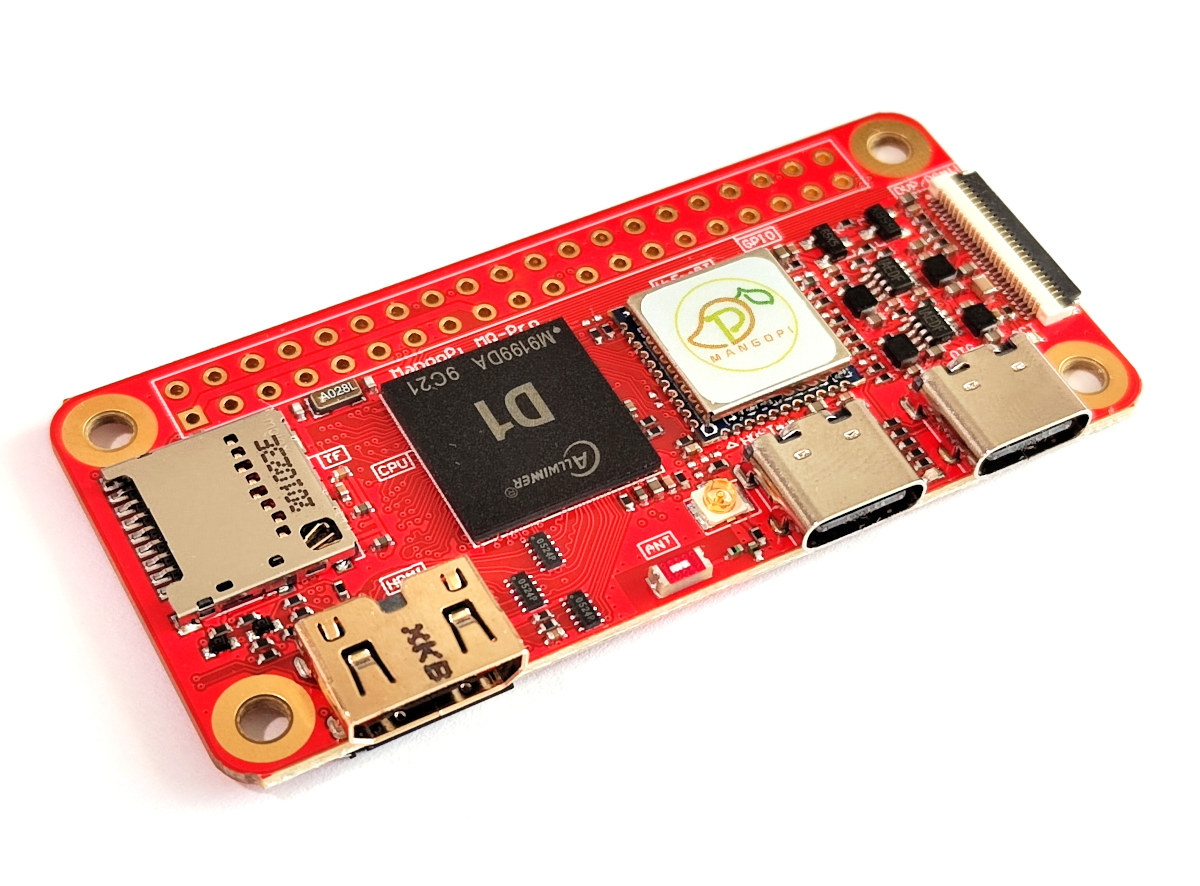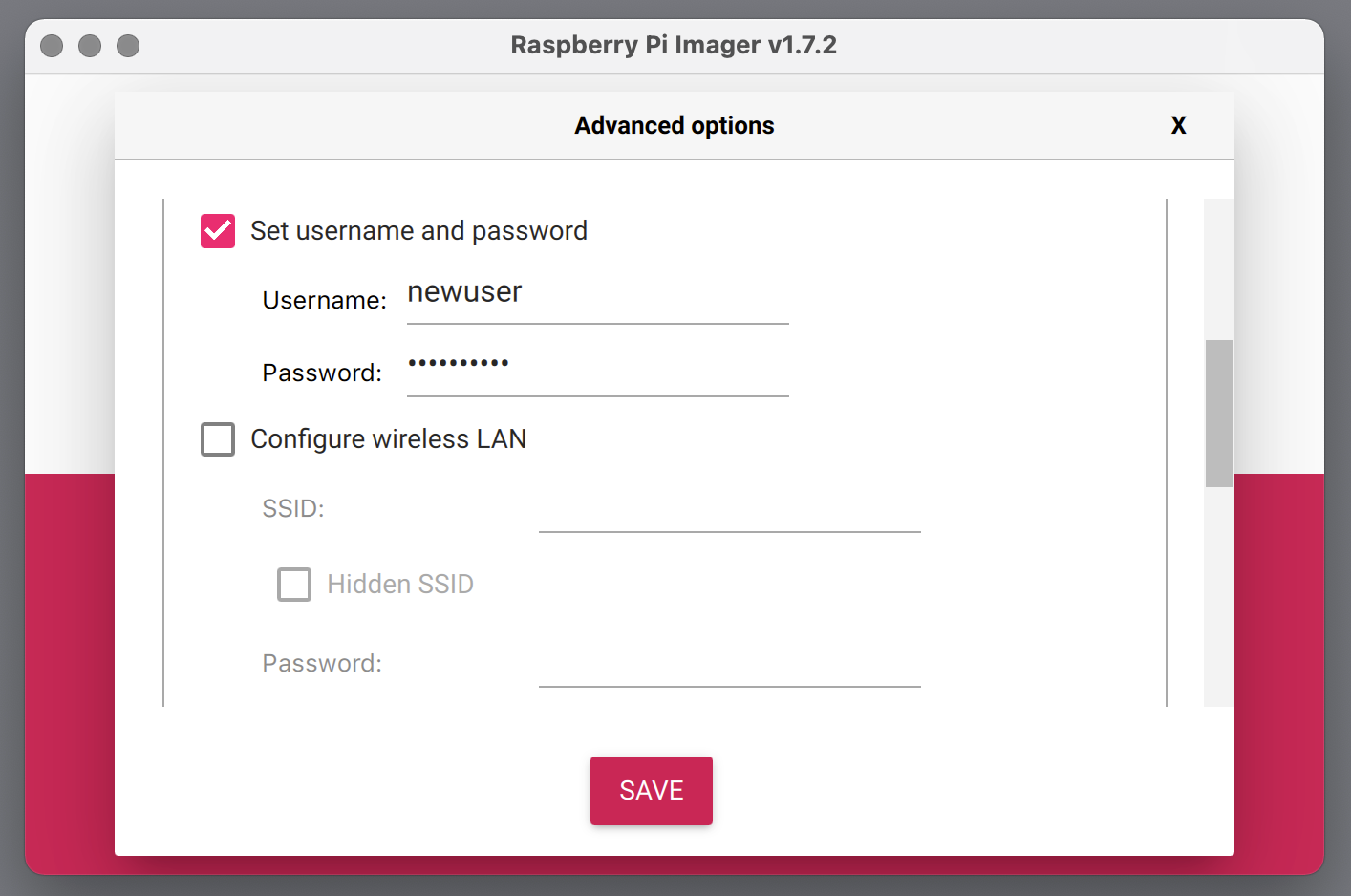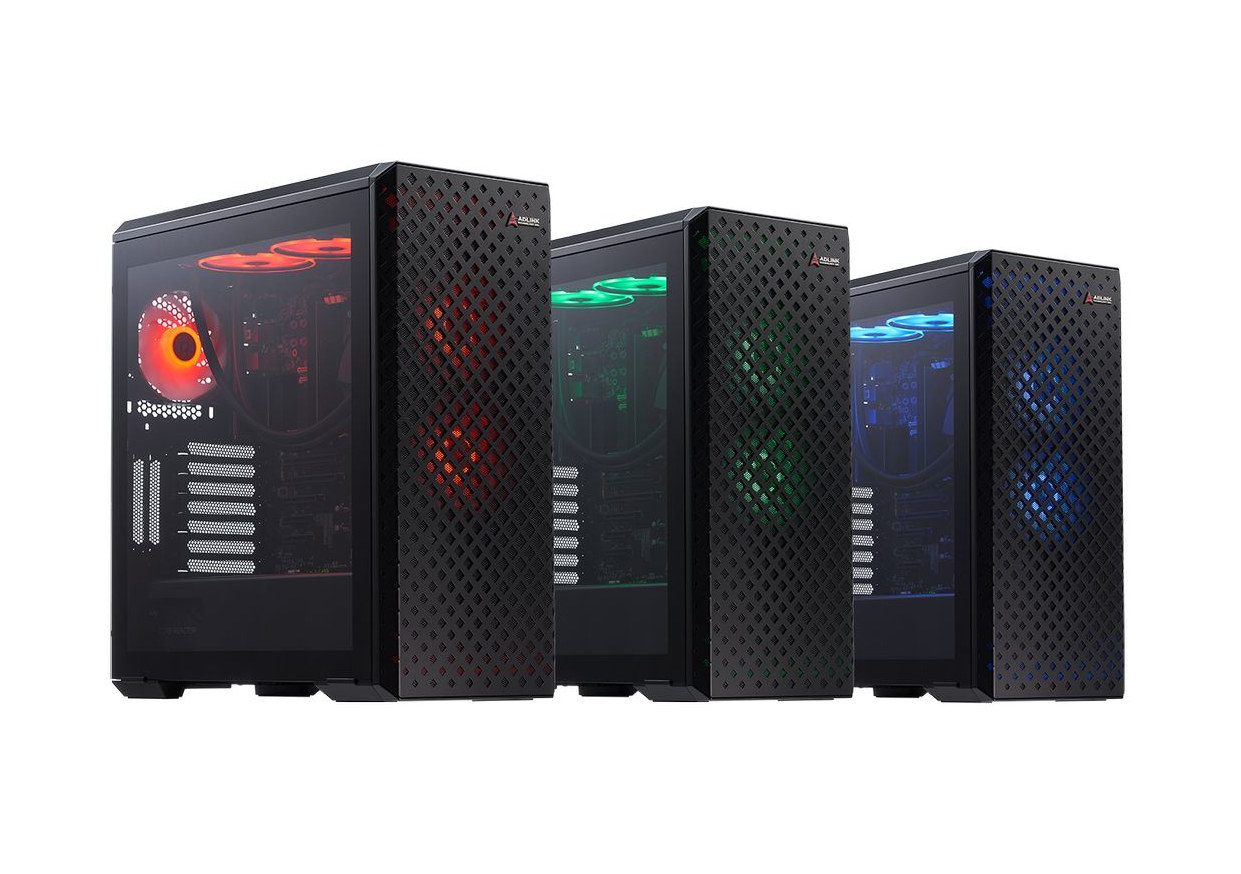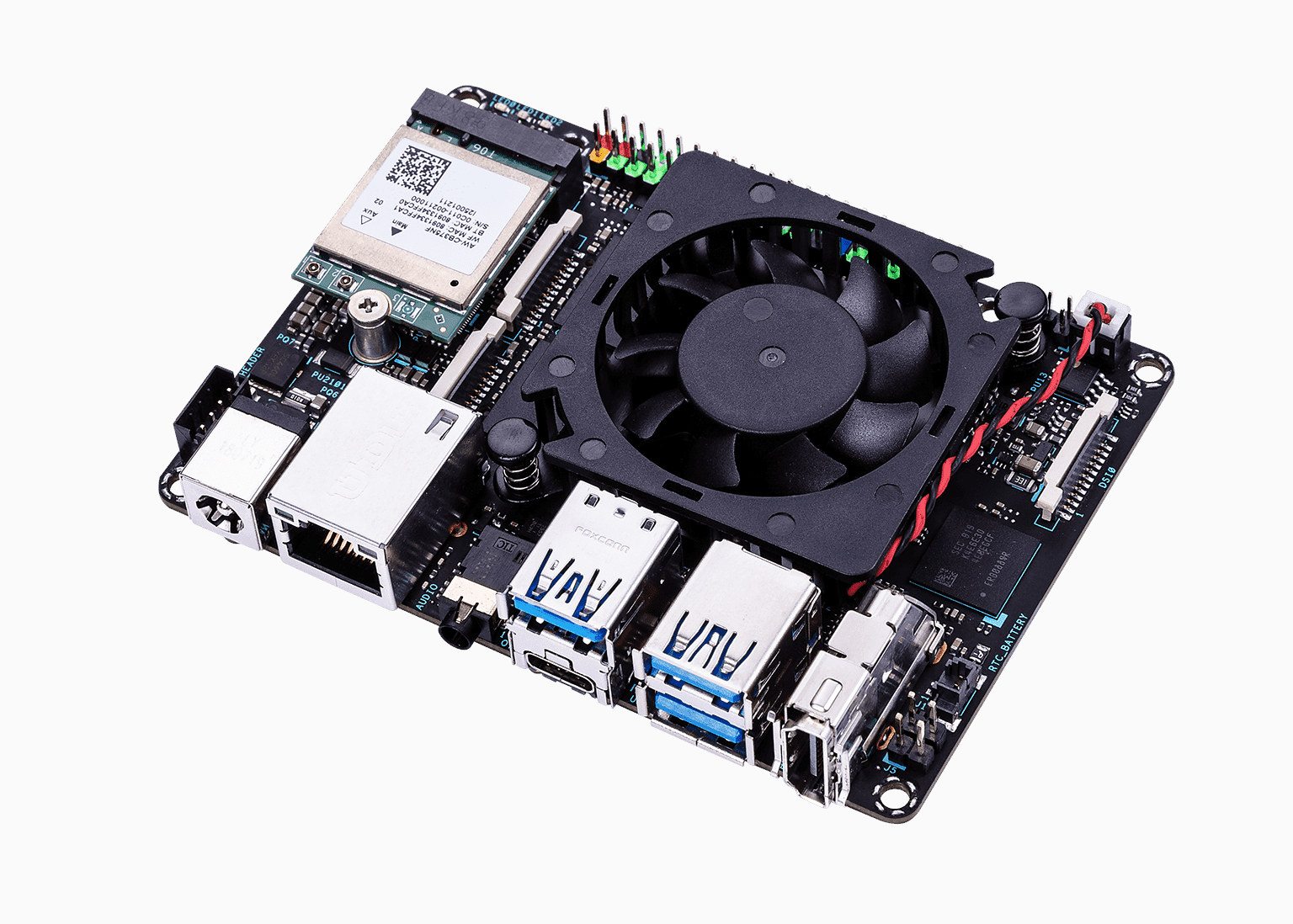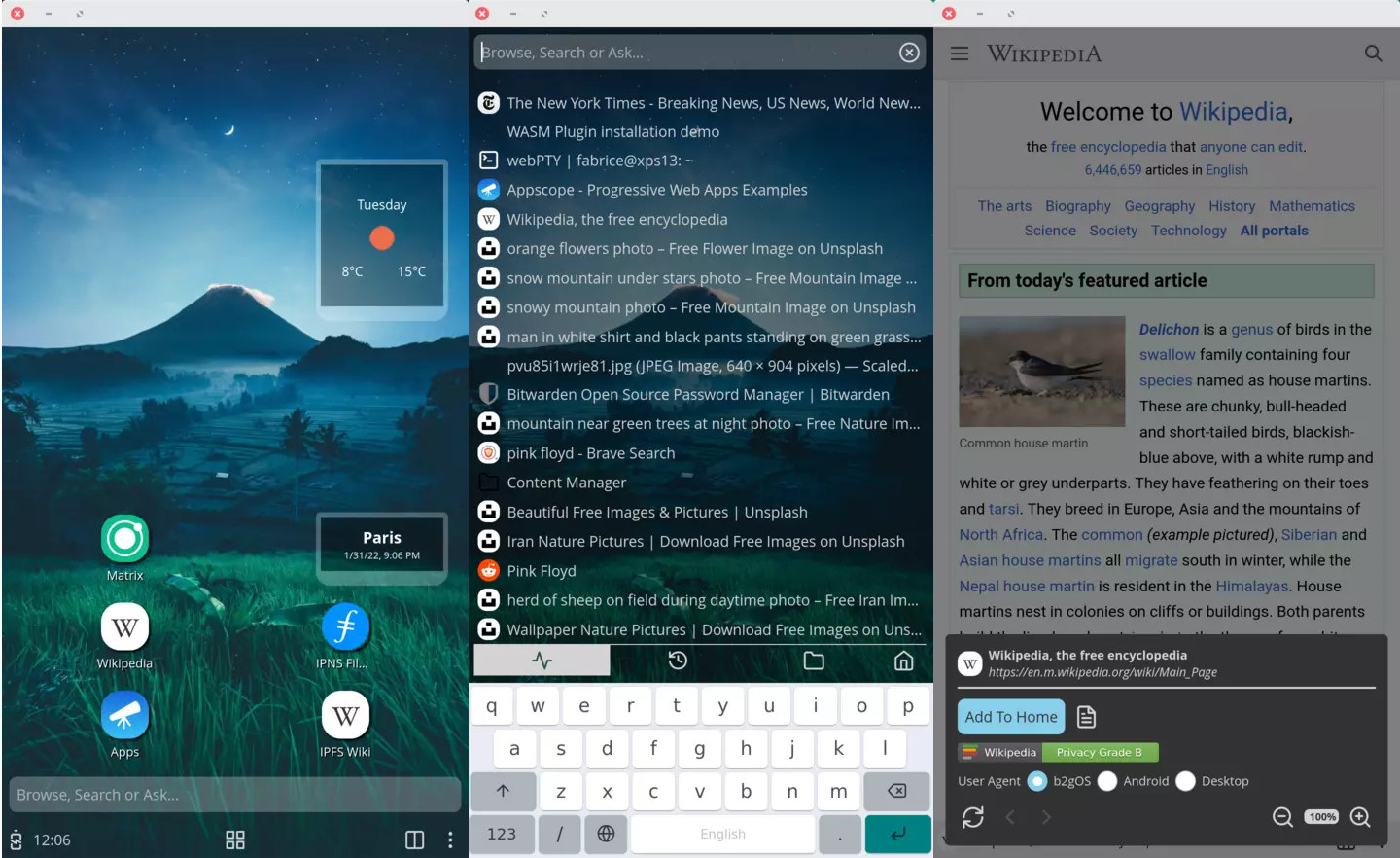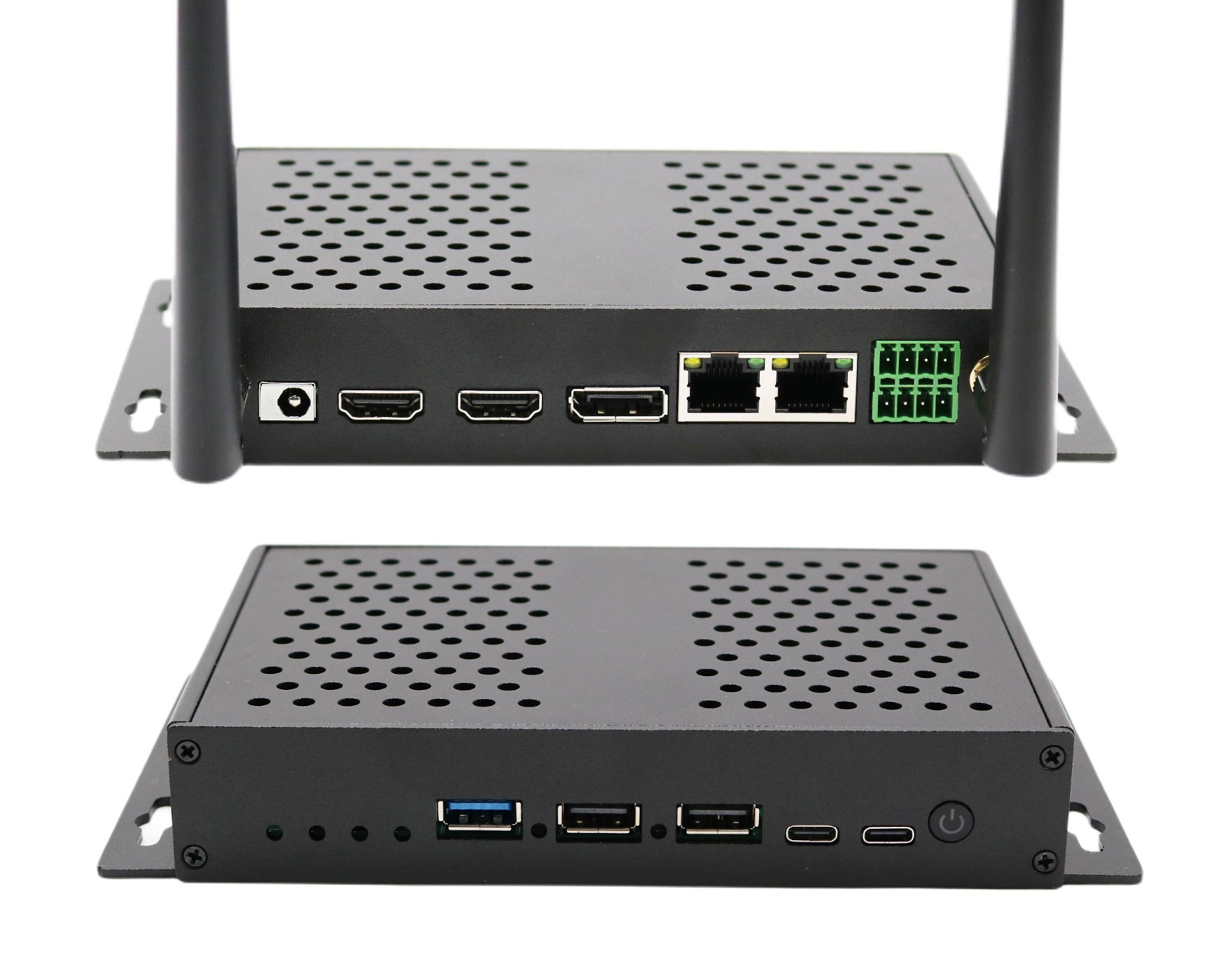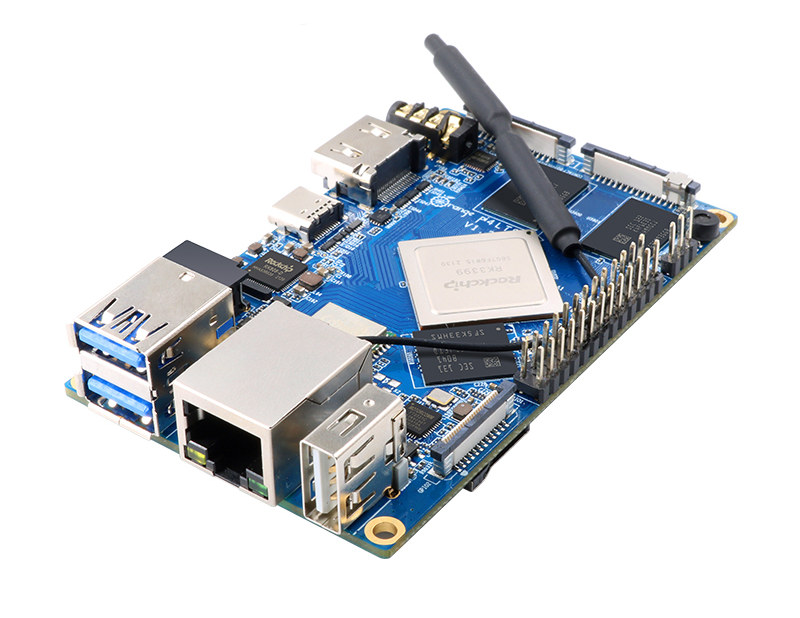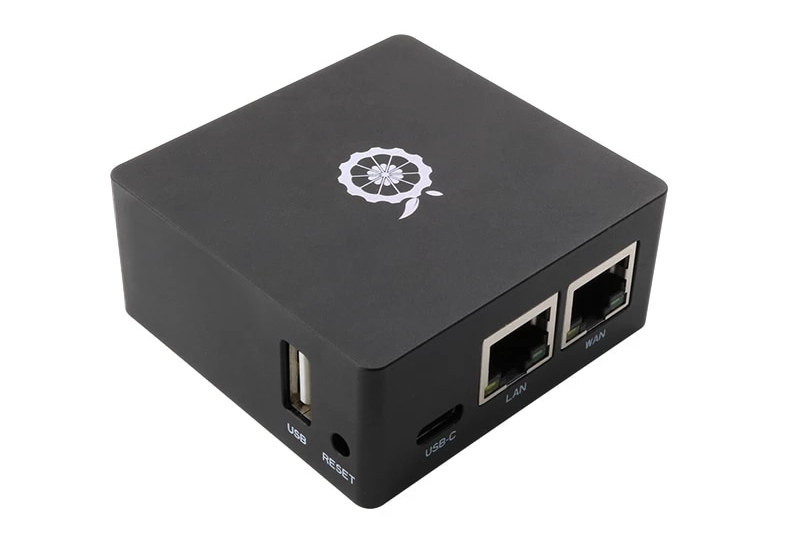MangoPi MQ Pro is an Allwinner D1 RISC-V SBC that offers an alternative to Raspberry Pi Zero W with the same form factor, and most of the same features including WiFi and Bluetooth connectivity The board has been in the works for several months, but the MangoPi MQ Pro board can now be purchased for around $20 on Taobao with 512MB RAM, and I’d expect it to show up on Aliexpress and/or Seeed Studio within the next few weeks. MangoPi MQ Pro specifications: SoC – Allwinner D1 C906 RISC-V processor @ up to 1GHz with HiFi4 DSP, G2D 2D graphics accelerator System Memory – 512MB or 1GB DDR3L Storage – MicroSD card socket Display – mini HDMI 1.4 port up to 1080p60 or 4Kp30, 20-pin MIPI DSI, CTP, LVDS FPC connector Camera I/F – 24-pin DVP/RGMII connector Audio – Audio out pads Networking 2.4Ghz 802.11b/g/n WiFi 4 and Bluetooth 4.2 […]
Raspberry Pi OS removes default “Pi” username, adds experimental support for Wayland
The Raspberry Pi Foundation has just released a new version of Raspberry Pi OS that removes the default username (pi) for security reasons, adds experimental support for Wayland, and lets people configure their Raspberry Pi with Bluetooth keyboard and mouse. Default username no more The most significant change in the new Raspberry Pi OS is the removal of the default “pi” user as several countries have legislation against default credentials for security reasons. That includes the Product Security and Telecommunications Infrastructure Bill (PSTI) in the UK, and California’s SB-327 IoT devices security law. Those laws mostly target default passwords, but removing a default username can be useful too to prevent force brute attacks. One consequence of removing the default username is that you won’t be able to skip the wizard in both the Desktop and Lite versions of Raspberry Pi OS since a new user needs to be created first. […]
Arm SystemReady SR-certified Ampere Altra Developer Platform launched for $3,999
ADLINK has just announced the availability of the Arm SystemReady SR-certified Ampere Altra Developer Platform equipped with the company’s COM-HPC Ampere Altra module with 32 to 80 64-bit Arm Neoverse N1 cores, 32GB to 128GB RAM. An adaptation to the earlier AVA Developer Platform expected to sell for $5,450, the Ampere Altra Developer Platform got a price cut to $3,999 at launch for a system with a 32-core processor, and 32GB DDR4. The system targets software developers wanting to build cloud-to-edge applications using standardized Arm hardware. Ampere Altra Developer Platform specifications: SoM – COM-HPC Ampere Altra module with Ampere Altra 32 to 80-core 64-bit Arm Neoverse N1 processor up to 1.7/2.2/2.6 GHz (32/64/80 cores, TPD: 60W to 175W), 32 GB to 128GB DDR4 ECC memory Storage – 128 GB NVMe M.2 SSD Mainboard – COM-HPC Server Base carrier board Video – VGA port Audio – 3.5mm audio jack Networking 1x […]
ASUS Tinker Edge R SBC with 3GB RAM, Rockchip RK3399Pro sells for $179
ASUS Tinker Edge R Pico-ITX single board computer with Rockchip RK3399Pro AI processor was first unveiled in 2019 with 6GB RAM, but a cheaper 3GB RAM version with 2GB RAM for the CPU, and 1GB RAM with the integrated NPU just showed up in my news feeds. Whether it comes with 3GB or 6GB RAM, the Tinker Edge R board should mostly be interesting for AI accelerated workload thanks to the 3 TOPS built-in NPU, as well as the two MIPI CSI camera interfaces. ASUS Tinker Edge R (3GB) SBC specifications: SoC – Rochchip RK3399Pro hexa-core big.LITTLE processor with 2x Cortex A72 cores up to 1.8 GHz, 4x Cortex A53 cores @ 1.4 GHz, an Arm Mali-T860 MP4 GPU up to 800 MHz with OpenGL ES 1.1 to 3.2, OpenVG1.1, OpenCL 1.2 and DX 11 support, and NPU delivering up to 3.0 TOPS System Memory – 2 GB dual-channel LPDDR4 […]
Capyloon mobile Web-based OS works on Pinephone Pro, Librem 5, Pixel 3a
Capyloon is an experimental Web-based OS leveraging b2gOS that served as the base for the now-defunct Firefox OS. The developers’ goal is to provide an open-source OS improving privacy and user control through web technologies. It’s still early stage, and some of the technologies used include the IPFS protocol, WebAssembly plugins, and the Tor network. Capyloon is more like a new phone shell as it replaces Phosh when installing it in a Linux smartphone. The first version of Capyloon released last month worked on Pixel 3a, other Android phones through a generic system image, and 64-bit x86 Debian machines. But since then, the developers added support for Apple M1, and yesterday they released Debian packages for PinePhone Pro and Librem 5 Linux smartphones to run Capyloon on top of a Mobian image. Instructions are as follows: Download the Debian package for PinePhone Pro or Librem 5 Install the package withsudo […]
$249 Rockchip RK3588 8K mini PC comes with up to 16GB RAM
Mekotronics R58X is an embedded mini PC powered by Rockchip RK3588 Cortex-A76/A55 processor with 16GB RAM, dual Gigabit Ethernet, 8K capable HDMI and DisplayPort video output ports, HDMI input, M.2 NVMe storage, and more. This is yet another announcement of Rockchip RK3588 hardware following ROCK5 Pico-ITX SBC, Firefly ITX-3588J mini-ITX motherboard, and Mixtile Blade 3 server board among others. Melotronix R58X may have different use cases, as it is suitable as an IoT gateway, an industrial PC, an edge computing platform, a video analytics server, digital signage, a vehicle control unit, and other embedded applications. Mekotronics R58X mini PC/SBC specifications: SoC – Rockchip RK3588 octa-core processor with four Cortex-A76 cores @ 2.4 GHz, four Cortex-A55 cores @ 1.8 GHz, an Arm Mali-G610 MP4 GPU, a 6TOPS NPU, 8K 10-bit decoder, 8K encoder System Memory – Up to 16GB LPDDR4x Storage eMMC 5.1 flash 2x SATA 3.0 connectors + SATA power […]
$55+ Orange Pi 4 LTS SBC features YT8531C Ethernet PHY, CDW 20U5622-00 wireless module
Orange Pi 4 LTS is a cost-optimized (and availability-optimized) variant of the Rockchip RK3399 powered Orange Pi 4 single board computer that was introduced in 2019 with 4GB RAM for $49.90 and up. Shenzhen Xunlong Software mainly kept the same design with the cost savings involving a choice of 3GB or 4GB RAM, and the replacement of Realtek Ethernet PHY and Ampak wireless module with the equivalent MotorComm YT8531C Ethernet chip and CdTech wireless module with WiFi and Bluetooth 5.0 connectivity. Orange Pi 4 LTS specifications with changes highlighted in bold: SoC – Rockchip K3399 hexa-core big.LITTLE processor with two Arm Cortex A72 cores @ up to 1.8 GHz, four Cortex A53 cores, and an ARM Mali-T860 MP4 GPU System Memory – 3GB or 4GB LPDDR4 Storage – MicroSD card socket, optional 16 GB eMMC flash Video Output/Display Interface HDMI 2.0 up to 4K @ 60 Hz LCD connector for […]
Orange Pi R1 Plus LTS sells with metal enclosure for $35.99
Shenzhen Xunlong Software previously launched the Orange Pi R1 Plus LTS router board powered by Rockchip RK3328 quad-core processor last November for $27.99 on Aliexpress. As expected, albeit with some delays, the company has now introduced a metal enclosure for the Orange Pi R1 Plus LTS board transforming it into a complete router or gateway. You can get it as part of a kit for $35.99 plus shipping, or if you’ve already purchased the board previously, get the enclosure only for $9 plus shipping. Orange Pi R1 Plus LTS router/gateway specifications: SoC – Rockchip RK3328 quad-core Cortex-A53 @ 1.5 GHz with Arm Mali-450MP2 System Memory – 1GB LPDDR3 RAM Storage – MicroSD card slot, 16 MB SPI flash Connectivity 2x Gigabit Ethernet via YT8531C Ethernet PHY and RTL8153B USB 3.0 to Ethernet chip; both tested by the company up to 945 Mbps Tx and 963 Mbps Rx On-board WiFi is not […]


